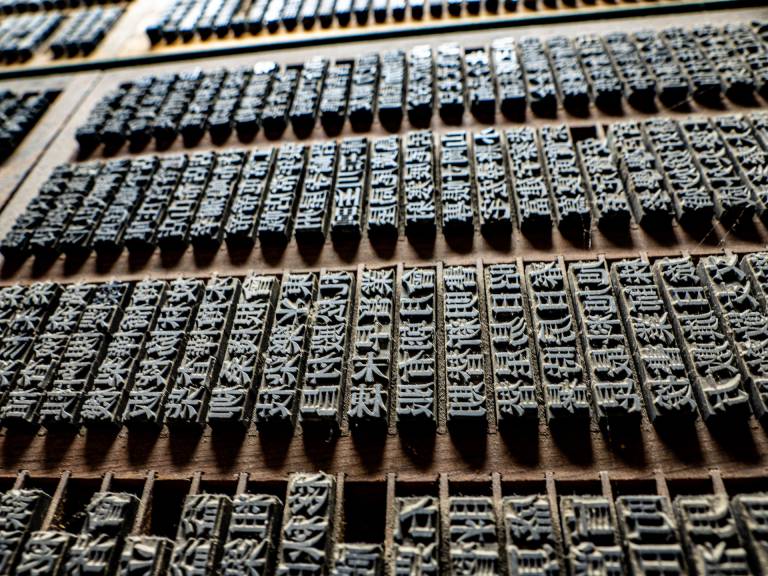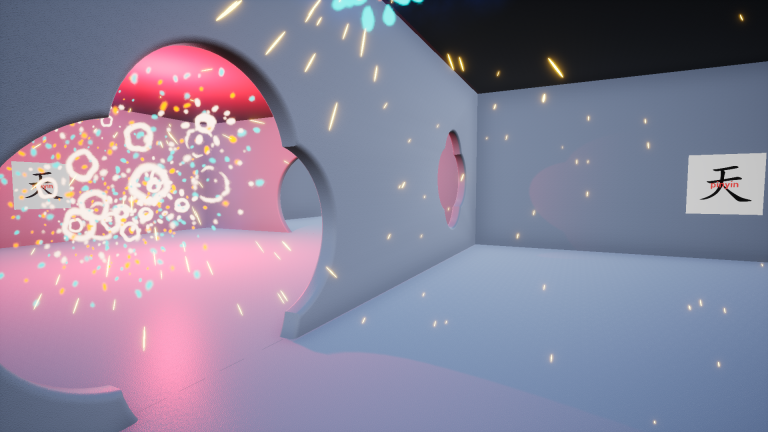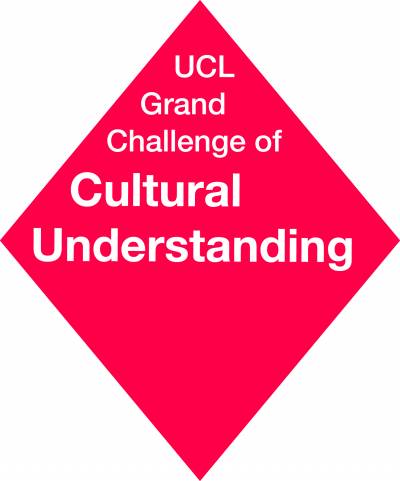An app to help memorise 1000 Chinese characters in a revolutionary way
Combining art and neuroscience to create an app for learning Chinese characters.

1 September 2021
The project created a novel, navigational app for learning the meaning, pronunciation and writing of 1000 unique Chinese characters from the historic Qian Zi Wen, that are useful today. To enhance memory and visualization, it built an engaging, experiential memory palace in virtual reality with 1000 rooms housing these characters. Each is paired with its corresponding sound, stroke order and memory triggers: paintings and stories related to Chinese culture. While other apps have tried to break the “Great Wall of Chinese”, this project combined art and neuroscience to build an intuitive, educational, exquisitely beautiful digital artwork.
The funding enabled the development of the virtual Memory Palace, which is the testing tool of these collaborative ideas around language learning, memory and visual Chinese characters. The app solidified the bouncing off of ideas and serves as a synthesis between real and testable neuroscience principles with aesthetics from a fine art perspective.
The desktop app synthesises art, languages and memory bringing together the disciplines of Fine Art and Neuroscience. Professor Sharon Morris is primary supervisor for doctoral student, Vaishali Prazmari, who has been working with an external app developer to design a virtual Memory Palace to learn Chinese. Vaishali has completed the initial Beta version of the virtual Memory Palace, comprising 1000 rooms that house 1000 Chinese characters. The design of the Memory Palace (MP) researches how design and art helps visualise, memorise and internalise the characters. Each character is assigned an individual room and some rooms also contain a ‘memory trigger’ or memorable object with which the character is associated.
The digital space is designed to be as experiential as possible to enhance multisensory memory: aside from the memory trigger object in the room, the character itself is animated according to the correct stroke order and its corresponding sound played on entry into the room. The aesthetic quality of the MP is also the subject of this research: the space aims to be exquisitely beautiful, and each individual artwork is designed to create a uniquely memorable experience for the user navigating the rooms. The navigation through the sequence of rooms is procedural following a simple set of rules of entrance and exit through the main floor of the Palace, with connections into a lower floor that reveals the underlying narrative and into the upper floor, which indicates the root of the character. It is this latter feature, which is designed to test different pedagogical hypotheses and assumptions in learning Chinese characters.

Further funding was being secured to continue developing the MP app for mobile release. This will allow for further collaborative neuroscience-art research questions to be posed and tested, and also for the app to become a wide-spread pedagogical tool for language learning. Prazmari also envisages extending the use of the MP App to other character based languages such as Korean and Japanese, and other forms of Chinese such as Cantonese (currently the app exists in Mandarin Chinese, Simplified and Traditional).
Alongside this, the wider societal impacts generated by the project include furthering cultural understanding and social cohesion practically through language learning. Using digital spatial navigation through virtual memory palaces to solidify Chinese character memorisation in the brain’s neural pathways has never been done before in this way. The project team seek to revolutionise language learning and teaching by using ancient Chinese methods combined with modern digital tools and the latest edtech. They aim to challenge current pedagogical norms - instead of using the standard communicative approach to language learning, this app takes a knowledge-based and structural approach to language. Revealing the origin stories and hidden roots of each character in this unusual, memorable way amplify understanding of the whole structure and can complement the existing predominance of communicative based teaching.
The project leads noted:
We want to break down the ‘Great Wall of Chinese’ when many people are confronted with a mass of Chinese text and reveal the logic, beauty and stories behind Chinese characters in this experiential way, thus demystifying them for a wider audience. 1000 characters can get you quite far; once those are memorised you will be able to decipher around 90% of all written texts (for comparison, 1500 characters is around 95%; 2000-3000 will allow you to read a newspaper; 3000 is around 99%) – so this is a very useful tool for a wide-ranging audience from children to scholars and complements mainstream communicative language learning tools."
The project has also enabled impacts for doctoral student Vaishali Prazmari, both on her doctoral thesis and also on her future career and ethical ambitions.
My short term aim is to use the app as my own research tool and my long term goal, and one of the driving forces of my PhD and artistic practice, is to build cultural understanding and a more cohesive society: the Chinese characters app in particular has broader applications beyond my PhD and can be used as an edtech tool to teach both children and adults 1000 Chinese characters using ancient techniques to memorise the 1000 characters of the Qian Zi Wen 千字文, a classic 6th century Chinese literacy primer for teaching mainly elite boys the first 1000 characters. The memory palace in China also has historic origins: 16th century Jesuits travelled east to China bringing the art of memory palaces with them (Spence, 2008); I am now bringing a Chinese memory palace to the whole world online with the aim of accessibility for all - education for both girls and boys and adults. One of the ways we build a more inclusive society is through language learning and cultural understanding. I have assembled an academic advisory board of Chinese language experts, artists, poets, historians, teachers, computer scientists and neuroscientists.”
Image credit: Photo by kaori kubota on Unsplash
 Close
Close


